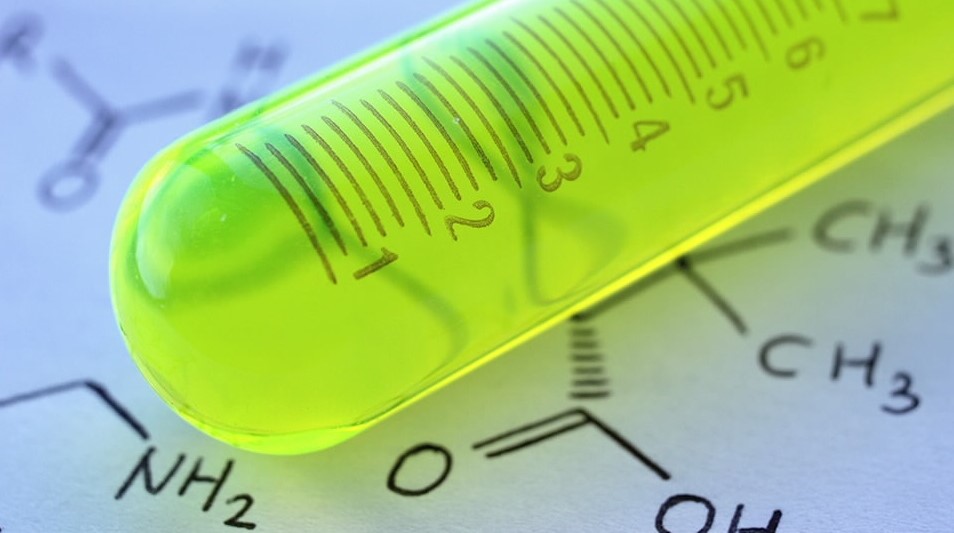
VOC Testing is a great way to ensure that your products are safe for use and help prevent them from causing problems. It can be expensive and challenging to go through, so it is essential to ensure you know how to get the best results. The key to a successful test is ensuring that you have the right equipment, a good lab, and the proper sampling and analysis procedures.
Requirements For Clean-Up
Whether you’re a homeowner, a small business, or a large corporation, there are specific clean-up and remediation techniques to consider after VOC testing. Fortunately, Element offers a full range of services to help you stay on the right track. We can answer questions about how to safely dispose of leftover VOC-containing products, properly remove VOCs from carpets, and what to do if a VOC spill occurs.
For example, a photoionization detector can help you to identify the best location to perform a voc testing portland oregon. Similarly, an empirical attenuation factor can tell you how much the sample contains. Depending on your jurisdiction and the extent of your testing, the number of pieces you should take will change.
Waterborne Vs. Airborne
When it comes to VOC testing, there are two main types of approaches. One is waterborne, and the other is airborne. Waterborne testing involves using techniques such as liquid-liquid extraction (LLE), gas chromatography-mass spectrometry (GC-MS) and ion chromatography-mass spectrometry to determine the presence and level of a specific compound.
Airborne testing, on the other hand, has involved sampling from the airflow of a ventilation system. The most common approach is using a headspace vial. However, other detectors can be used as well.
Another popular method is using solid phase microextraction (SPME) fibers. These fibers are influential in determining the levels of various compounds in a building. In addition, they have also been utilized in the determination of the VOCs emitted by new timber frame buildings.
Detection Methods
VOC testing is a technique used to monitor exhaled breath for potential infectious diseases. VOCs are endogenous metabolites produced by microbial or adolescent secretions. They are believed to be transported through the bloodstream and into the lungs. The connection between VOCs and specific infections has been the subject of numerous studies.
There are several different detection methods for VOC testing. The most common way is gas chromatography with flame ionization. Other methods include mass spectrometry and selected ion flow tubes. Although these techniques can detect a wide range of volatiles, the specificity of their plans is limited.
Some diagnostic approaches are highly invasive and time-consuming. In addition, there need to be more standard sample collection procedures. Therefore, the selection of an analytical method should be based on regulatory requirements.
Sample Collection
VOC (volatile organic compounds) are a broad category of compounds in solids and liquids. Their presence can be a significant factor in determining air quality and odor problems. They are also carcinogenic.
There are several types of sampling procedures. The most common is called active sampling. This method collects a sample by scooping it from the soil. The most accurate results are obtained from this process.
Another type of sample collection is passive sampling. Unlike active selection, this method is based on the controlled diffusion of vapors in the ambient air. This method can be carried out over a day or two. Its main advantage is that the cost is relatively low.
Laboratory Analysis
Volatile organic compounds (VOCs) are chemical compounds that can be emitted from liquids and solids. They are commonly found in paint and paint products, adhesives, and pharmaceuticals. Depending on their concentration, VOCs can pose a health risk. Several VOCs are hazardous to human health, including benzene and formaldehyde.
Various testing methods are used to identify VOCs and determine their emission rates. These tests are performed by accredited laboratories.
The most common technique for detecting and analyzing volatiles is gas chromatography with electron capture. Mass spectrometry has also become a popular method for VOC analysis. It provides better identification and more precise results. However, it is more expensive than other methods.
Other methods include static headspace sampling, dynamic headspace sampling, and purge and trap concentration. Static headspace sampling involves gently heating sealed vials. When the chamber air concentration reaches a steady state, samples are collected.
